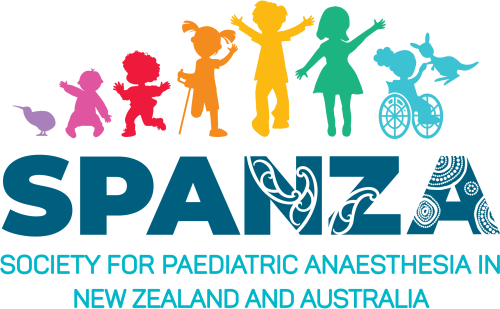Unique Issues Related to Regional Anesthesia in Pediatric Orthopedics
Anesthesiology Clinics
Submitted September 2022 by Dr Sinead Farrell
Read by 894 Journal Watch subscribers
This review article addresses key questions about regional anaesthesia in paediatric practice.
-
Blocks under GA or deep sedation are safe in children and should be the default. • The benefit of an awake patient (ability to alert the practitioner to early signs of local anaesthetic toxicity or intraneural injection) is greatly outweighed by the risk of damage when the target is moving, or the patient is uncooperative. • In 2018, a published registry of 100,000 cases confirmed the safety of this practice. They reported zero cases of permanent nerve damage, an incidence of 2.4:100,000 of temporary nerve damage and 0.76:100,000 of local anaesthetic systemic toxicity.
-
There is no evidence that regional anaesthesia increases the risk of compartment syndrome. • Both American and European Societies for Regional Anaesthesia have found no convincing evidence that regional anaesthesia increases the risk or delays diagnosis of compartment syndrome, however debate continues among individual practitioners. • Presence of a functional block could expedite the diagnosis of a compartment syndrome for two reasons: i. increased vigilance regarding neurovascular observations in a patient who has had a regional block ii. tissue ischaemia would prevent uptake of local anaesthesia and therefore the patient will experience breakthrough pain, despite the presence of the block.
-
Image-guided neuraxial/regional anaesthesia may be carefully considered in the pain management of patients with an intrathecal baclofen pump in situ. • A reluctance in the use of regional or neuraxial anaesthesia in patients with an in-dwelling device (e.g., baclofen pump in children with cerebral palsy) can result in challenging pain control and a reliance on opiates. • A small study of 44 patients described fluoroscopy- or ultrasound- guided epidural or lumbar plexus blocks for hip reconstruction surgery. The patients were carefully selected, and a full multidisciplinary team involved in the process, and successful analgesia was reported with no complications.
-
Regional anaesthesia catheters are safe to use in children, and ambulatory peripheral regional anaesthesia is a viable option for reducing opiate consumption and reducing length of hospital stay. • Obvious concerns regarding dosing, as well as monitoring efficacy and toxicity in children remain a challenge. • Reassuringly, the Pediatric Regional Anesthesia Network (PRAN) database reported zero cases of local anaesthetic systemic toxicity or permanent nerve damage from the use of peripheral catheters.



